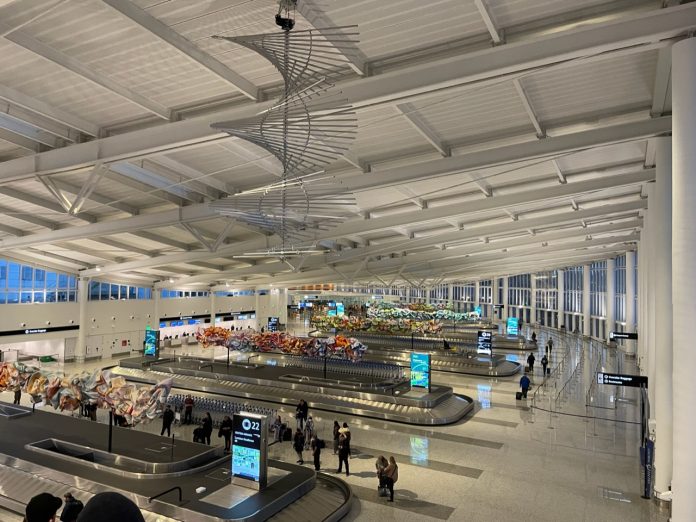
Numbers climb back to 2016 levels as new construction moves to different areas of the facility.
Passenger numbers ticked up in a big way at Seattle-Tacoma International Airport (SEA) last year. Total passenger counts jumped 27% year-over-year and topped 45,964,321 in 2022, which is comparable numbers last seen in 2016. Prior to the pandemic, the airport reached a record of 51,829,239 passengers in 2019 and was seeing yearly increases of about 4% during the 2010s. Commercial air travel seems headed toward to pre-pandemic levels as leisure travel booms and business travel resumes.
Most airlines have restored domestic and international service severed during the pandemic, and there is some interest in providing entirely new services. Air Tahiti Nui, which started service to Papeete in the fall, has announced that it will fly to Paris–Charles de Gaulle starting on June 13th. WestJest will start seasonal service to Calgary on April 30th while its regional subsidiary, WestJest Encore, will commence seasonal service to Calgary and Edmonton on May 19th. And Air Canada will resume service to Montréal–Trudeau on May 16th.
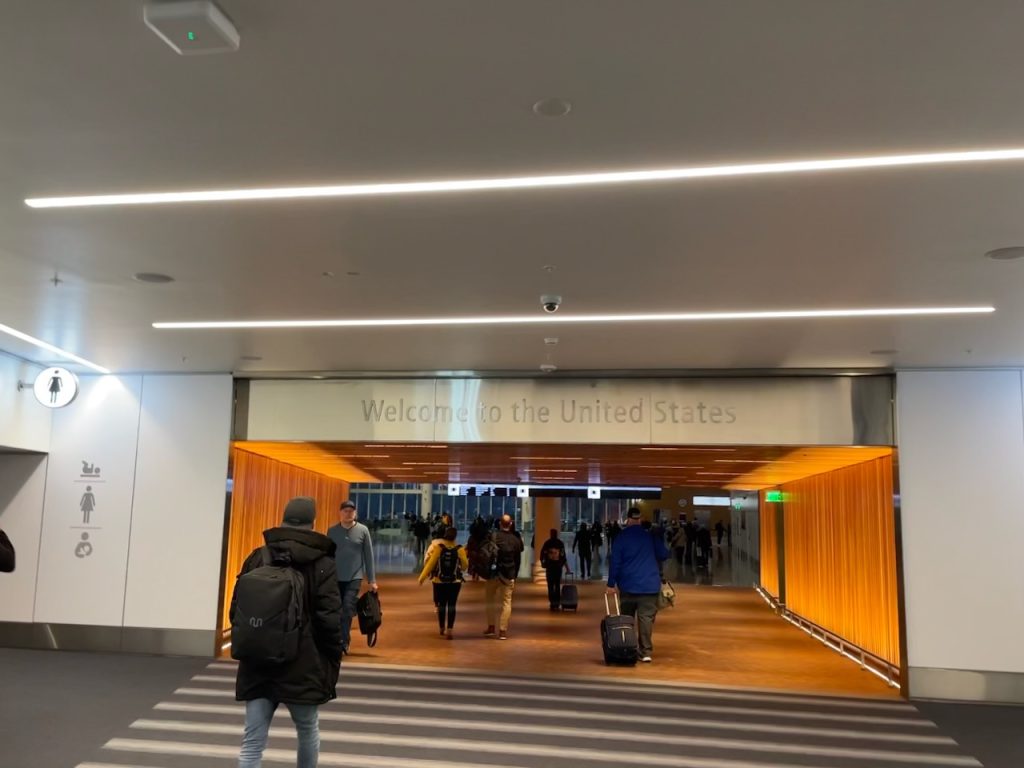
Rumors have circulated for quite a while that Delta Air Lines will begin service to Beijing–Daxing and that American Airlines may introduce Shanghai–Pudong service, but those services have consistently been delayed and unpublished for booking. It seems, too, that service to Bangalore on American Airlines has been completely removed from the cards. Meanwhile, foreign relations between Mainland China and the United States have been icy and put firm limits on air service, so it could be quite some time before direct connections become commonplace again. That may benefit other East Asian carriers like All Nippon Airways, which recently restored service to Tokyo–Haneda on March 26th.
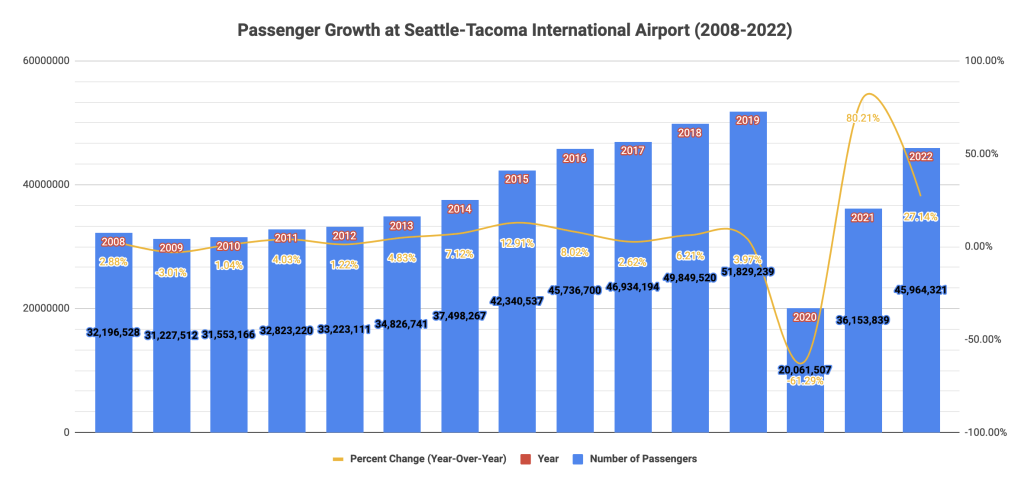
With passenger numbers on the rise, SEA may once again see congestion return with more delays and aircraft using hardstands on the tarmac for boarding and unloading. The Port of Seattle, however, has been making substantial investments to deal with increasing demand and aircraft movements.
Last year, the Port of Seattle finally opened the long-awaited International Arrivals Facility (IAF). The facility essentially doubles international arrivals processing capacity at the airport, speeds up passport control processing, and increases the number of international arrival gates from 12 to 20 by providing access to gates at both the S and A Concourses. International passengers can arrive at either concourse to reach the IAF and passport control via secure corridors, though S Concourse arrivals proceed through a massive skybridge connecting to the A Concourse. The project hasn’t been without its issues though. Its completion was delayed several years due to environmental and construction issues, project costs ballooned, and some gates were found to be undersized for widebody aircraft and now require expensive modifications to accommodate them.
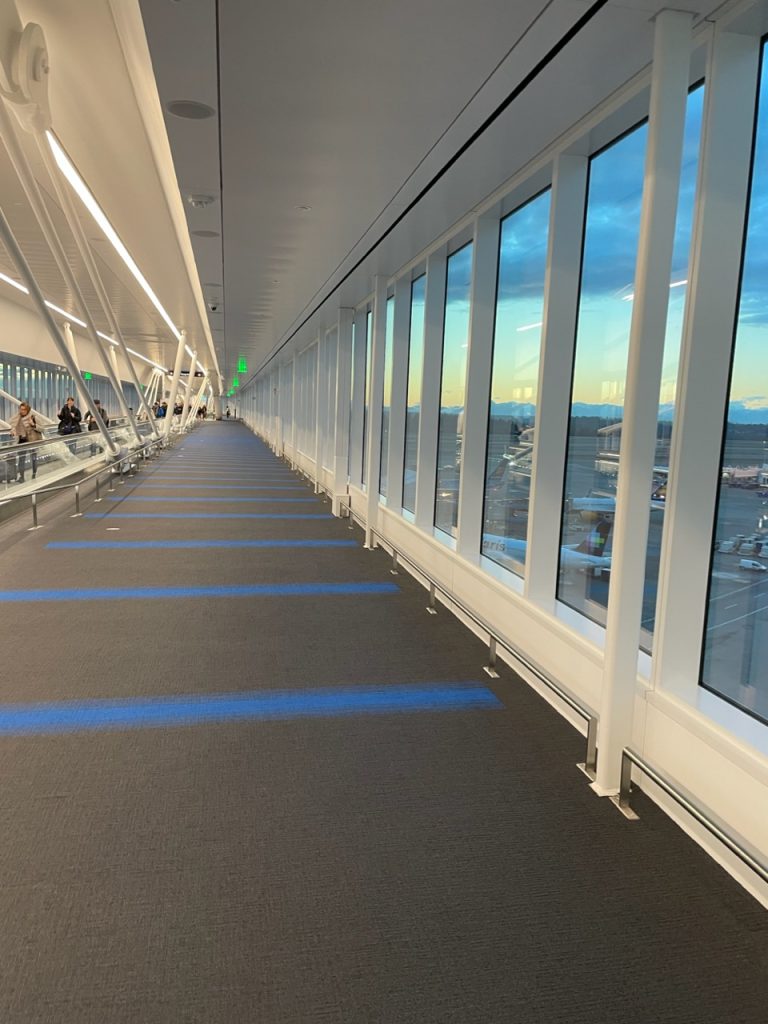
Opening of the IAF comes on the heels of the completed North Satellite Modernization project. That project finished in 2021 and increased the number of gates from 12 to 20 in the N Concourse. The project also delivered more dining, retail, lounge, and public spaces within the building. Now the Port of Seattle is moving ahead with a slate of new capital expansion and improvements projects, which will deliver expansions of the S and C Concourses and new main terminal facilities.
The S Concourse will see a large multi-phase modernization project that completely remakes the facility. The Port of Seattle is planning substantial investments in retail, dining, lounge, and public spaces that will improve passenger experience in a relatively cramped and dingy building with few retail options. This will partially be supported by converting lower and basement spaces that previously were occupied by passport control and customs facilities. The project is expected to be completed sometime in 2031.
Similarly, C Concourse will be expanded for enhanced retail and dining space as well as a grand amphitheater hall available to passengers near the Central Terminal. This expansion will include four more floors of space in a wide area that brings the C and D Concourses together. The project is set to see major construction start this year and be completed in 2027.
Though less flashy, the Port of Seattle has a portfolio of smaller projects that will improve passenger experiences on the landside. Checkpoint 1 near A Concourse will be moved from the ticketing level to the baggage claim level over the course of the year. This will support a bigger and more modern security checkpoint zone. A long-term baggage handling system optimization and modernization effort is set to be completed in 2026.
Two phases of work are also being carried out as part of the SEA Gateway project, which will transform the southern end of the main terminal, heavily benefiting Alaska Airlines and its passengers. The first phase of the project builds out about 24,500 square feet of space between the skybridges and check-in and bag claims levels for more check-in and office space. SEA Gateway’s second phase will then reconfigure the Alaska Airlines check-in area, expand capacity and modernize Checkpoint 5, and greatly open up the space behind Alaska Airlines’ check-in area for more natural light and comfort. Both phases are expected to wrap up in 2026.
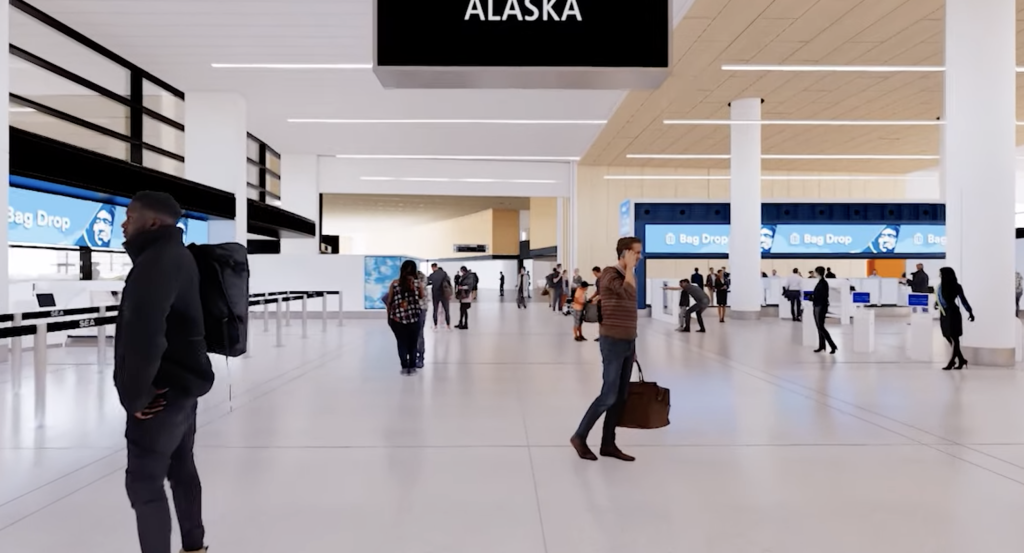
In part because of improvements that the Port of Seattle has been making to the airport, SEA ranked as the best airport in North America by Skytrax in the 2023 World Airport Awards. Lance Lyttle, the airport’s managing director, recently said that SEA is aiming for a five-star experience and that will mean more improvements to maintain it. “In a small footprint like SEA, we need to constantly innovate on how to deliver a better experience in an increasingly congested space,” he said in a statement. “Our Upgrade SEA program and customer service initiatives are working to ensure that journeys start or end on a positive note at SEA.”
Despite all of the investments that the Port of Seattle has been making, the pace of project delivery may be insufficient to keep up with expected demand. The Port of Seattle previously outlined unconstrained growth forecasts that suggested 66 million passengers per year by 2034. Supporting that demand was predicated on building a completely new terminal north of the existing one, realigning part of the airport highway system, and making targeted adjustments to the airfield along with other strategies. In 2019, the airport only operated about 14 million passengers under the 2034 forecasts and it may rebound to that level this year. If 4% growth returns as the norm and passenger volumes recover this year, the forecasted 2034 demand could actually be reached by the end of this decade.
Growing demand within Puget Sound for air travel has gotten the attention of policymakers. Severals studies have been commissioned to evaluate and consider how commercial airport capacity may be increased for passengers and cargo, which may necessitate one or more relief airports to support SEA-sized demand by 2050. A state aviation coordination commission has been tasked with identifying potential sites for another major commercial airport in Puget Sound, but short-listed sites have caught the ire of communities because they would be located on greenfield sites in rural areas. The commission’s multi-year process seems likely to conclude in failure due to myopic constraints imposed on the study. The study also neglects to account for how state investments in other transportation modes may alleviate some commercial air demand, making the process reductive.
Regardless of what happens with studying airport alternatives, SEA will remain the region’s principal airport for decades to come and how growth plays out this year will be critical in illuminating its likely trajectory for this decade. That will undoubtedly inform the Port of Seattle on new investment priorities.
Stephen is a professional urban planner in Puget Sound with a passion for sustainable, livable, and diverse cities. He is especially interested in how policies, regulations, and programs can promote positive outcomes for communities. With stints in great cities like Bellingham and Cork, Stephen currently lives in Seattle. He primarily covers land use and transportation issues and has been with The Urbanist since 2014.




